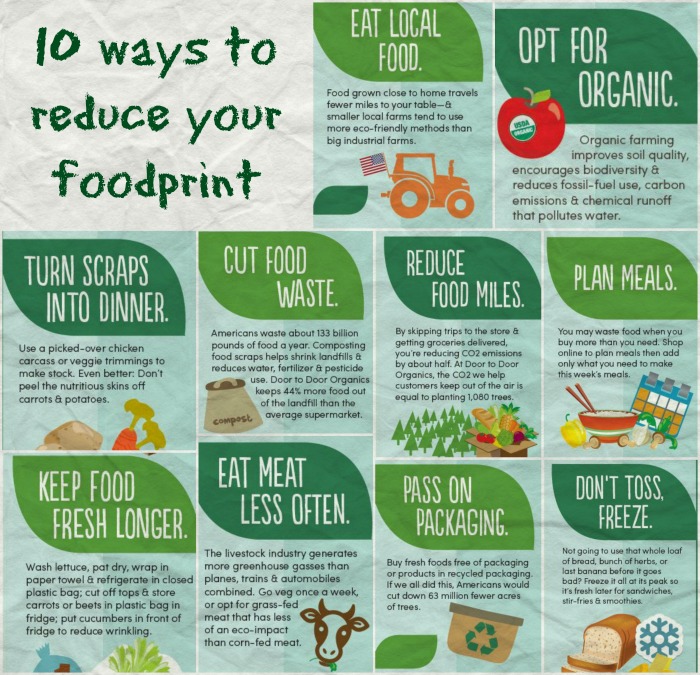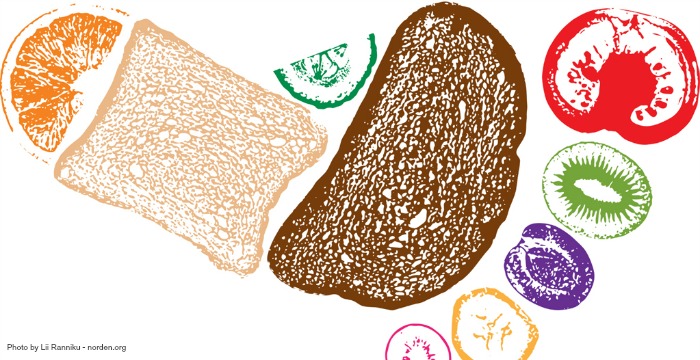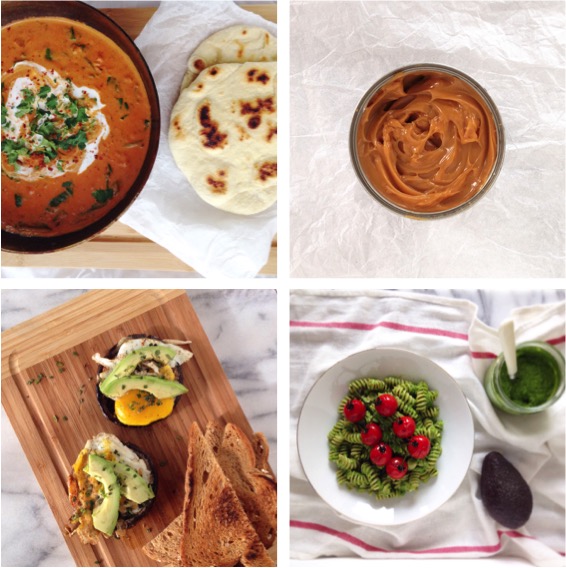About farmers and foodprint
Next week, I am organising a dinner for six friends. I can really enjoy the preparations: thinking about recipes, how do I style the table; I love it! And a good dinner night needs a theme, right?
Because I am a big fan of pure food it will be a “farm to table” dinner: fresh, local produce. Products with a story, that are good for us, but also take our environment into account. And above all very tasteful of course! So I’ve found Amsterdam honey; I did not even know there were so many beekeepers in town!
The theme is far from original: just look at initiatives like Willem & Drees and Landmarkt. Even major brands like Unox do something with it: scanning the code on the sausage package introduces you to the farmers behind the product. And what to think of the increasingly popular “buy a cow“; where you get a whole package of meat from your “own” Dutch cow.
Brainstorming on tasty ideas for my dinner, I came across the more serious side of this theme, with questions like are you aware of what you eat and drink, where it comes from and how much food you might throw away? Or how much water is actually needed to produce one piece of steak?
I’d be lying if I said that I know that from every bite, despite me cooking and eating a lot ;-). But I don’t ignore it: why should I eat eggs from abroad if we have enough here? Or buy a mix for pancakes with 9 ingredients if flour, milk and eggs will do the job in a few minutes?
Pure food is hot; the challenge of such hypes is that we as consumers cannot see the wood for the trees. In addition, there is a lot said and written about organic food, farming and what’s better / healthier etc. As a consumer I actually do not know when I do it right or wrong …
Yes, I admit it: I prefer tasty and pure food on my plate. But I become more aware of what is needed for that, and what impact my choices have on our environment. Because when I’m old and grey I still prefer good and pure food;-).
Foodprint
We all have a so-called footprint on this world, which means the amount of space each person takes on earth. This space is calculated based on your lifestyle; everything we consume consumes space. One of those prints is the foodprint, which shows the effect of our food choices on the earth.
Again, it would be hypocritical if I was going to tell you what is right or wrong, I simply don’t know enough of the subject, but I feel it’s nice to share with you how I try to decrease my foodprint.
For example, consider the following simple tips from The Good Food Blog, from which unconsciously I already follow a few. We can all throw away less food right? And start planning our meals? I should especially focus on keeping food fresh longer (and therefore throw less away). And I don’t hesitate to drive half an hour (by car) to get a good piece of meat; that could be better!

Simply said, I think about what and how I eat. I am an advocate of cooking with fresh produce. I make a lot myself, am conscious about e-numbers and usually plan my meals a few days ahead (which is a good plan anyway for a scatterbrain like me;-)).
You don’t have to worry girls: next week is primarily going to be a tasty and fun night! But in the meantime I’m going to try to go with the other tips on reducing my foodprint.
Are you curious about what I put on the table during the “farm to table” dinner? How I styled the table? And how the newest Miss Gingerish playlist for that evening sounds? Of course I will write a “to gather” story on this theme; soon online!
Would you like to add something to my undoubtedly incomplete story about foodprint, organic food or local initiatives? Yes please! It is a complex subject I would definitely like to know more about!
Got hungry? For more recipes, behind the scenes and favourites follow Miss Gingerish on Instagram, Facebook, Twitter and Pinterest










Pingback : To gather #2: farm to table dinner party - Miss Gingerish